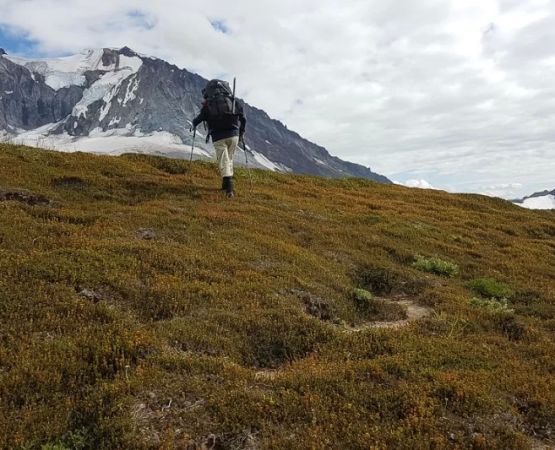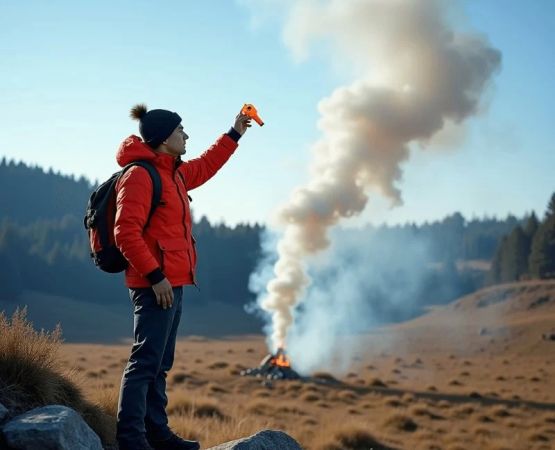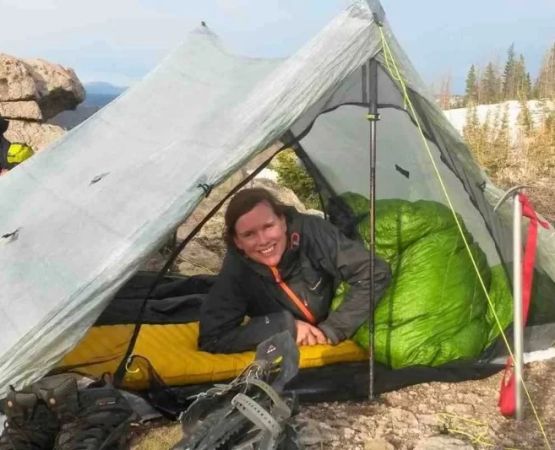- understanding-your-camping-priorities-before-you-arrive
- location-matters-more-than-you-think
- checking-the-surroundings-safety-views-and-accessibility
- weather-considerations-for-lakeside-campers
- real-story-of-finding-the-perfect-lakeside-spot
- why-pine-cliff-resort-could-be-your-dream-lakeside-camping-destination
1. Understanding Your Camping Priorities Before You Arrive
Before you even glance at a map or load up your car, take a moment to ask yourself: what do I really want from this lakeside camping experience? Is it solitude and bird calls at sunrise, or is it kayaking and fireside storytelling with friends? Understanding your camping style—be it minimalist or comfort-driven—will help narrow down the ideal location.
Families with kids, for instance, may need flat ground near amenities, while solo backpackers might prefer more secluded areas with natural shelter. Consider questions like how close you want to be to the waterline, how much sunlight the site receives throughout the day, and whether you'll need access to toilets or electricity.
This phase is where many go wrong—assuming any lakeside spot will do. But thoughtful planning always leads to a richer outdoor experience. Seasoned campers often spend more time choosing the spot than they do packing their gear.
2. Location Matters More Than You Think
Choosing the right location around a lake isn’t just about scenery. It’s about safety, wind direction, shade availability, insect levels, and how many people might pass by your camp. Ideally, you want a slightly elevated spot (to avoid flooding if it rains) but still within visual and walking distance from the water.
Also consider how crowded that area gets—some lakeside sites near major cities like Lake Tahoe or Lake George can be packed during summer weekends, making them less ideal for those seeking serenity. On the other hand, tucked-away corners of state parks often offer a private haven with equally stunning views.
If you're new to outdoor navigation, resources like park ranger stations or camping review apps can provide valuable intel. You’ll be surprised how much user-generated reviews can inform you about rocky ground, shady mornings, or fish jumping right at your feet.
3. Checking the Surroundings: Safety, Views, and Accessibility
A dream lakeside view means little if you’re setting up near animal paths or in flood-prone zones. Safety comes first. Always look for flat, well-drained ground free from fallen branches or steep slopes. Don’t forget to scan the area for ant hills, beehives, or poison ivy.
From an aesthetic standpoint, think about your campsite orientation. A west-facing view gives you golden-hour light for dinner; east-facing wakes you with a bright, warm sun. If you like taking morning dips in the lake, proximity to a safe, shallow entry point is essential.
Accessibility matters too. You don’t want to lug 50 pounds of gear half a mile over rocks and tree roots unless that’s part of the adventure you crave. Balanced campers aim for a mix of seclusion and accessibility. If you're bringing paddleboards or a canoe, make sure the spot is gear-friendly with easy lake access.
4. Weather Considerations for Lakeside Campers
One often overlooked factor in choosing a lakeside camping spot is the weather. Lakes generate their own microclimates. Morning mist and evening chills are common, and weather patterns can shift quickly. Look for spots with natural windbreaks like shrubs or boulders to protect from unexpected gusts.
You’ll also want to avoid setting up under old or dead trees, especially if storms are in the forecast. A strong wind could turn an innocent branch into a campsite hazard. Pay attention to forecasted temperatures, and always bring layers—lakeside environments can be much cooler than inland spots.
Many campers have stories of beautiful days turning into wild weather nights. Preparation is key, and picking a site with natural shelter can be a game changer. Use that weather app, but also learn to read the skies.
5. Real Story of Finding the Perfect Lakeside Spot
Take Mark and Jenna, a couple from Minnesota who planned their first lakeside getaway at the last minute. They found a lesser-known site in northern Wisconsin after their original destination was overbooked. After a two-hour hike in, they arrived at a quiet clearing on a bluff overlooking a crystal-clear lake. Wildflowers rimmed the site, and a bald eagle circled above.
They recall the spot not just for its beauty, but for its “just right” feeling—away from crowds, yet easy to access. Their tent faced the lake, and they woke up to misty mornings and the gentle lap of waves. The experience, Jenna says, “reset our stress meter to zero.”
It’s stories like theirs that show how choosing the perfect lakeside camping spot is more than a checklist—it’s an intuitive process. Sometimes the best locations are those not found on any travel blog, but discovered with a bit of luck and a lot of intention.
6. Why Pine Cliff Resort Could Be Your Dream Lakeside Camping Destination
If you're looking to take the guesswork out of finding the perfect lakeside spot, Pine Cliff Resort offers a curated experience for nature lovers. Nestled beside pristine waters and framed by towering pines, this resort combines wilderness beauty with thoughtful amenities.
Whether you prefer tent camping under the stars or cozy cabins with lake views, Pine Cliff provides options that suit every comfort level. Their team ensures each site is positioned with both privacy and access in mind—perfect for fishing, kayaking, or simply soaking in the sunsets.
Many first-time visitors become annual regulars because of the resort’s balance between rustic charm and convenience. If you’re serious about choosing the perfect lakeside camping spot, Pine Cliff Resort is more than a destination—it’s where lakeside memories begin.






